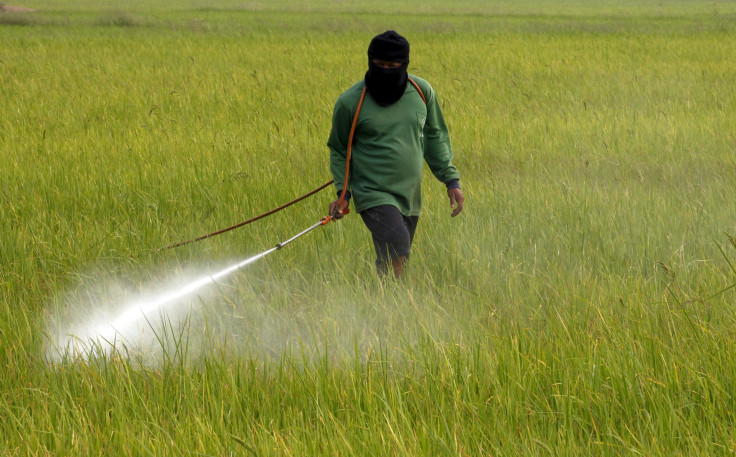Parkinson’s disease and pesticide Australia: ‘It’s important not to mislead the public based on an untested correlation’

Further research is the need of the hour to confirm the link between Parkinson’s disease and pesticides used by Victoria farmers. The husband-wife duo of neuroscientist Dr. Scott Ayton and health services researcher Dr. Darshini Ayton, who led the research, said that they were shocked at the findings and it came as a surprise. They are looking into the matter for answers.
Monash University and Florey Institute of Neuroscience and Mental Health researchers wanted an investigation done after they found a possible link between prevalence of Parkinson’s disease and pesticides used by Victoria farmers. Cases of Parkinson’s disease in north-west Victoria have left researchers worried, and they believe pesticides used in production of pulses could be a major factor.
“All these little bits of evidence are coming together to point to pesticides. We compare what we found with what's been found overseas; different research teams using different research methods, are finding the same thing,” said Associate Professor Finkelstein.
However, Chief Executive Officer of CropLife Australia, Mr Matthew Cossey, is of the opinion that safety of crop protection product use and human health are the topmost priority of the plant science industry. He said that crop protection products undergo extensive research and development, as well as exhaustive registration procedures, to ensure the products used are safe.
“It’s important not to mislead the public based on an untested correlation. Too many cases of making assumptions based on correlation have led to obscuring the real cause of problems. I note that the researchers acknowledge that their desktop research shows no evidence to back their hypothesis,” Cossey said in an email comment.
He believes that any genuine basis to the hypothesis must first be reported to the Australian Pesticides and Veterinary Medicines Authority. Data should be made available for scientific peer review so that experts in the area and the global scientific community can assist in identifying the real cause of the problem.
According to him, all agricultural chemical products go through a chemical risk assessment by Australia’s independent regulator. An exposure assessment is also undertaken to ensure safety of human health and the environment.
“Crop protection products are safe when used according to the registered label for their registered purposes which is why it is imperative that the label instructions are followed rigorously,” Cossey added.
Source: YouTube/CropLifeAustralia





















